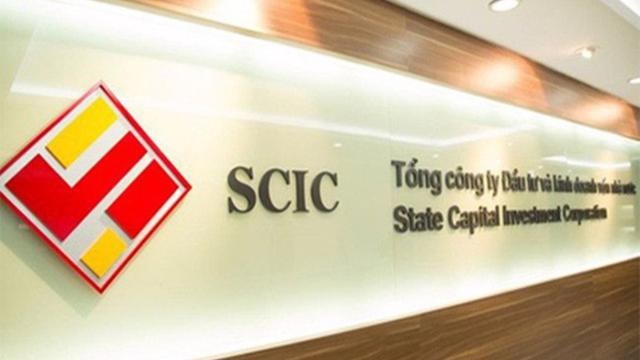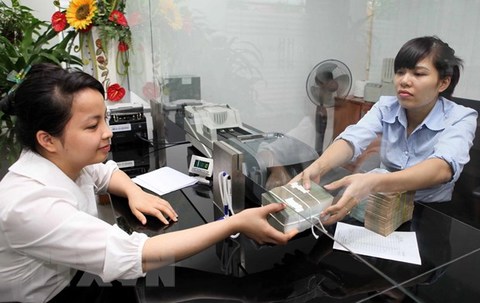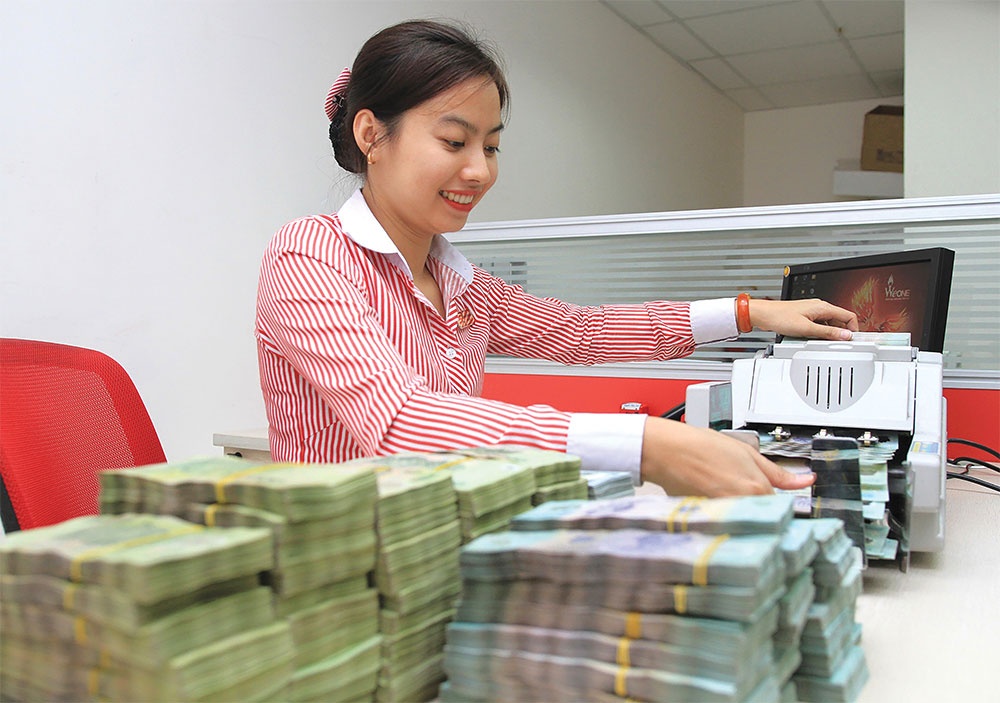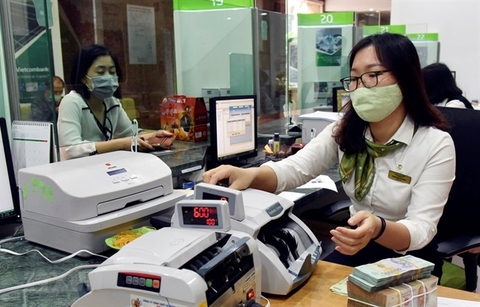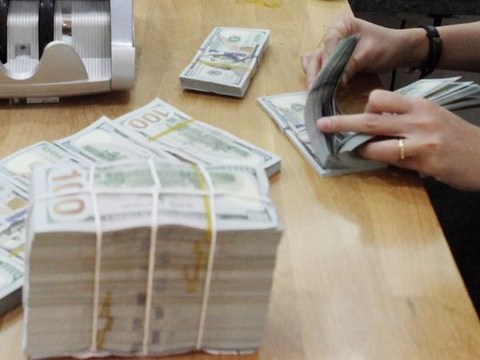Commercial bank NIM status following projections
Commercial bank NIM status following projections
The recent decline in net interest margin of commercial banks has been deemed not as significant as anticipated, with some smaller-scale banks showing improvements on the issue.

Tran Thi Khanh Hien, director of Analysis at VNDirect Securities, cited the business results of listed commercial banks showing that the net interest margin (NIM) in the third quarter of 2022 decreased slightly by 8 basis points compared to the same period last year. This was anticipated because the NIM began to drop at the beginning of the second quarter, when deposit rates gradually increased.
“According to our observations, commercial banks’ deposit interest rates have risen by an average of 200-300 basis points since the start of the year, but lending rates have not been able to keep up with the rise. Consequently, the demand to lower the NIM is unavoidable,” she said.
Hien claims that when looking at the data for each commercial bank, the drop does not appear to be as large as first thought. A few small-scale commercial banks also showed fair improvements in the NIM. According to data from VNDirect, 15 out of 26 listed banks posted an increase in the NIM in Q3 against last year’s period, most of them small-scale commercial banks with low NIM. Larger commercial banks are suffering more pressure to maintain interest rates at a reasonable level to support businesses, in line with the direction of the State Bank of Vietnam.
The director of Capital Resources at one joint-stock commercial bank admitted that the NIM had a division across banks. As a result of rising interest rates and a declining CASA ratio, the average deposit interest rate at state-owned commercial banks in the third quarter increased by an average of 30 basis points compared to the prior quarter. This figure is 43 basis points for joint-stock commercial banks. In addition, the average lending interest rate at state-owned commercial banks and joint-stock commercial banks gradually reflects the increase in deposit rates, up 31 and 39 basis points, respectively, compared to the previous quarter.
“The disparity in the loan/deposit ratio makes the NIM tend to differentiate among banks. While state-owned commercial banks saw their NIM down by 5 basis points compared to the previous quarter to 3.1 per cent, the joint-stock commercial banks witnessed theirs up by 33 basis points against the previous quarter to 5.68 per cent,” he said.
According to Hien of VNDirect, banks’ NIM will drop more sharply in the last quarter of 2022 as deposit interest rates have skyrocketed since the end of September in the context of liquidity stress and commercial banks strengthening their defences.
“The race for deposit interest rates appear to continue to linger, even after some commercial banks have increased their interest rates to 10 per cent. The reduction of the NIM will greatly affect the profitability of the banking industry in the fourth quarter, when most of the income comes from interest,” Hien said.
The proportion of interest income accounts for about 70-75 per cent of the total operating income of Vietnamese banks. Besides that, Hien added, the pressure of bad debt provisions will also increase in the last quarter of the year, when many businesses, especially real estate companies, are facing difficulties in paying short-term payables.
“I anticipate that the NIM of the entire banking sector will continue to rise, from an average of 2.5 per cent in the 2015–2016 period to an average of 3 per cent in the 2018-2019 period, and then roughly 3.4 per cent in the 2020–2021 period. This indicates that the NIM has been on the slight decline this year. This trend may continue into the upcoming quarters,” Hien emphasised.
The NIM trend will shrink eventually as commercial banks gradually transition from traditional lending to financial services, Hien further explained. At that time, non-interest income from fees, services, investments, and other sources will make up a significant portion of the bank’s total income structure.
As Vietnamese commercial banks begin to follow Basel III standards, the increase in capital and liquidity buffers, – such as capital adequacy ratio, required reserve ratio, and liquidity coverage ratio – could cut NIM in the future. This trend can be currently seen in commercial banks in other countries in the region, such as Thailand (where the average NIM is from 2.7 per cent to 3 per cent), Malaysia (from 2.7 per cent to 2.3 per cent), China (about 2 per cent), and Singapore (about 1.6 per cent).






